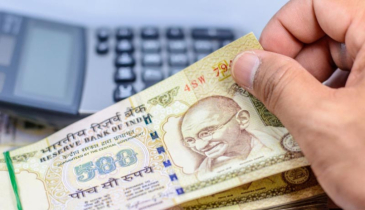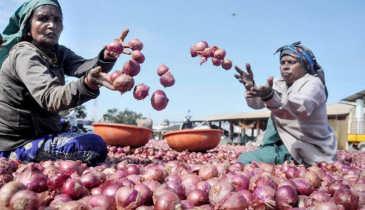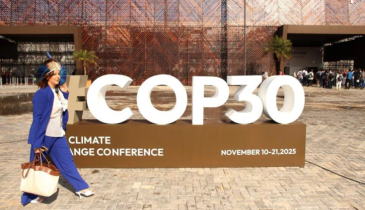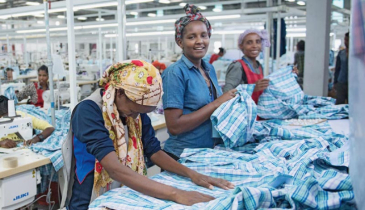ADB Upgrades Bangladesh growth outlook but flags political and financial risks
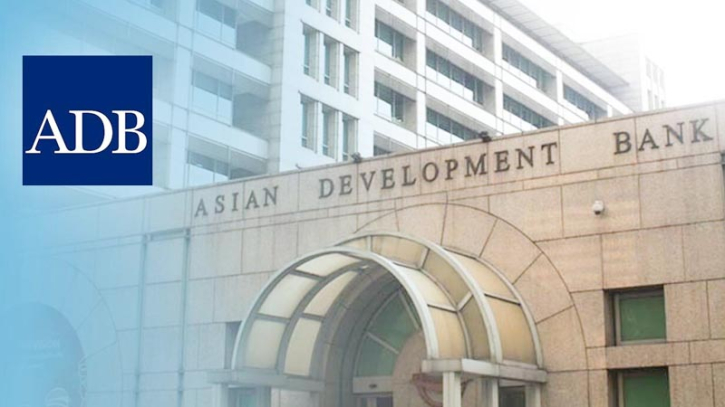
The Asian Development Bank (ADB) has nudged up its growth forecast for Bangladesh, projecting the economy to expand by 5 percent in fiscal year 2026, slightly stronger than the previous year’s pace.
The latest Asian Development Outlook (ADO) September 2025 report, released today, suggests the economy is stabilizing but still faces formidable headwinds.
According to the Manila-based lender, Bangladesh’s garment sector — the backbone of its export earnings — continues to show resilience. Yet growth is being held back by sluggish domestic demand, the lingering impact of political transitions, recurrent flooding, labour unrest in industries, and inflation that remains high despite some signs of easing.
The report estimates inflation will average 8 percent in FY26, down from last year’s 10 percent. Even so, the ADB cautioned that pressures in food and energy prices, compounded by structural weaknesses in markets and supply chains, are far from resolved.
Uncertainty also clouds Bangladesh’s external outlook. The report pointed to the potential fallout from US tariffs on exports, vulnerabilities in the banking sector, and an energy supply crunch as factors that could derail recovery. For sustained higher growth, the ADB stressed, Bangladesh will need to strengthen its business environment, improve competitiveness, attract investment, and ensure steady access to energy.
Political stability could offer a silver lining. With general elections scheduled for February 2026, the ADB said investor confidence is likely to improve, particularly as Dhaka pushes forward with finance sector reforms aimed at making the system more stable, transparent, and efficient.
But the warning signs are clear. The ADB noted that despite tighter monetary policy, election-related spending and liquidity support to fragile banks could push inflation higher, intensify pressure on the foreign exchange market, and slow governance reforms.
The broader inflationary trend remains troubling. From 9.7 percent in FY2024, inflation climbed to 10 percent in FY2025, driven by weak competition in wholesale markets, poor flow of market information, supply bottlenecks, and a depreciating taka.
In short, while Bangladesh’s economy shows resilience and modest signs of recovery, the ADB cautions that the road ahead will require deft management of political transitions, bold financial sector reforms, and decisive steps to tackle inflation and energy insecurity.
.png)


